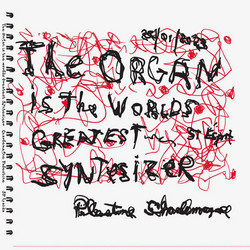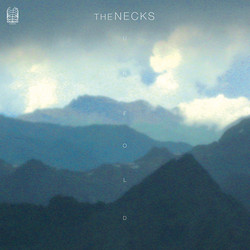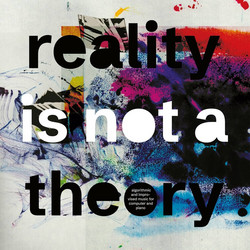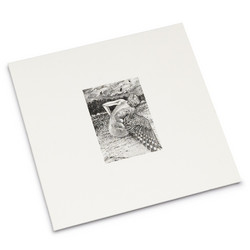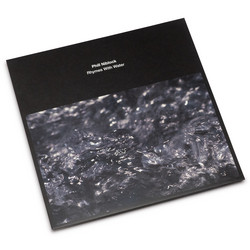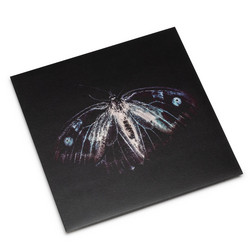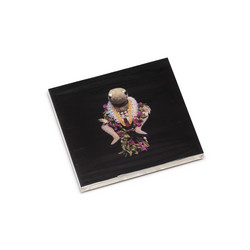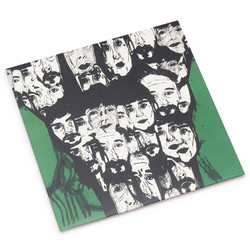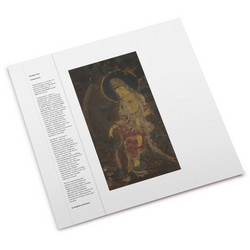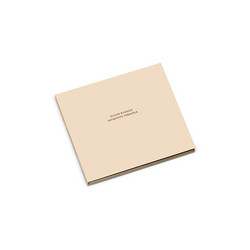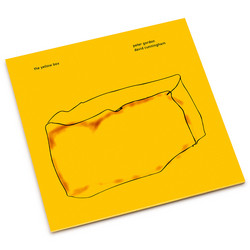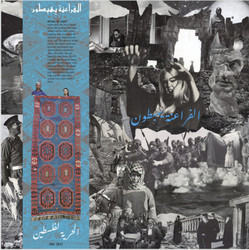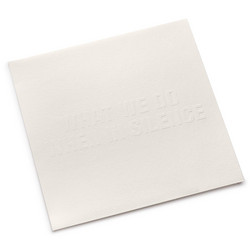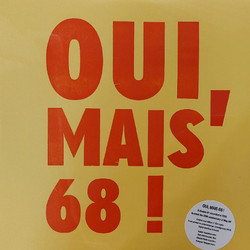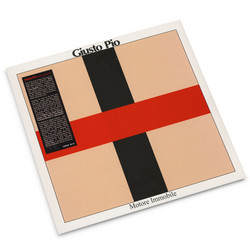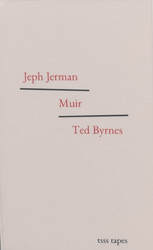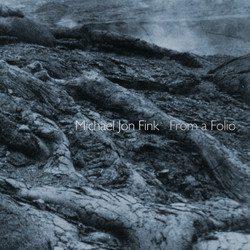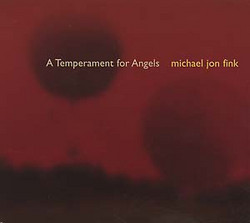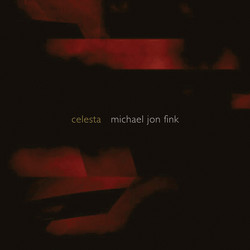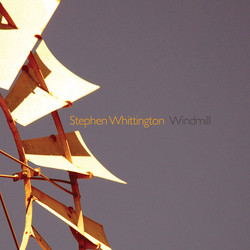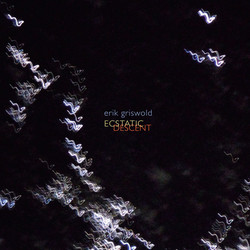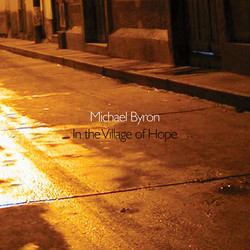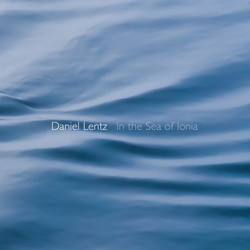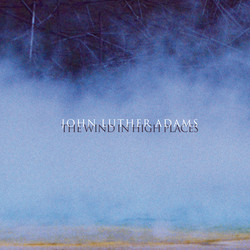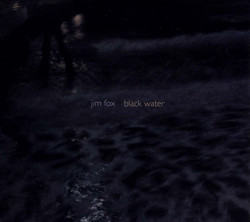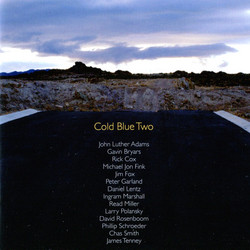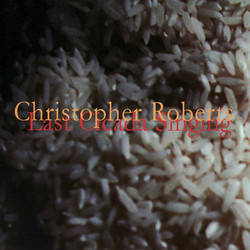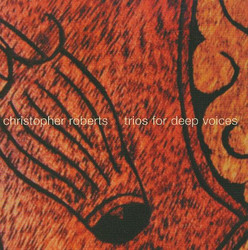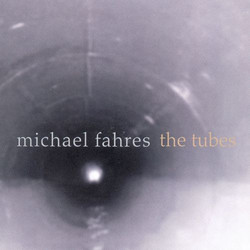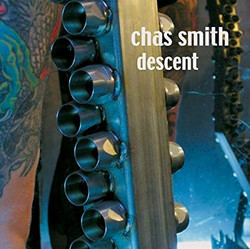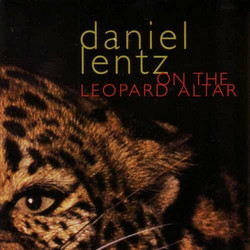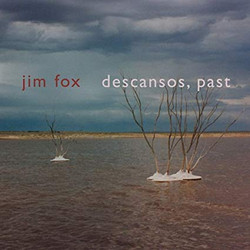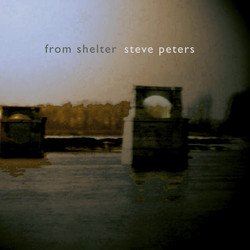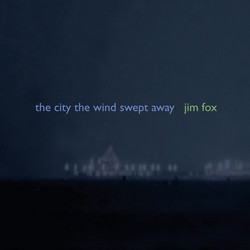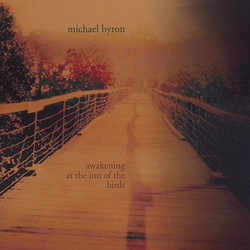Five Pieces for Piano (1997), Two Preludes for Piano (1996-97), and For Celesta (1985)—the latter for an instrument that is very seldom featured in a solo setting—display Michael Jon Fink’s command of crystalline forms that are Debussyian in beauty (and occasionally in gesture) yet hold a distinctly contemporary artistic distance from their musical materials. These fragile and primarily extremely quiet pieces are performed with great aplomb by Bryan Pezzone.
Living to be Hunted by the Moon (1987) is a dark, slow-moving study of texture and tone color for two clarinets, two bass clarinets and sampled sounds. Built from four parallel pentatonic scales, it treats the listener to many unexpected harmonic twists and turns as it broadens in range.
I Hear It in the Rain (1985) is a moody, insistent piece that glistens with electric timbres, particularly Rick Cox’s highly idiosyncratic electric guitar work, and delicate percussion.
Michael Jon Fink’s instrumental and electronic music has been presented at the Green Umbrella Series of the Los Angeles Philharmonic New Music Group, New Music L.A., the Monday Evening Concerts, the SCREAM Festival, the L.A. Fringe Festival, New Music America, Festival Commune di Chiesa, the Martes Musicales, the Marquette Festival of New Music, the CalArts Contemporary Music Festival, and other festivals and concerts throughout the U.S. and Europe. His orchestra works have been commissioned and performed by the Antelope Valley Symphony, the Classical Philharmonic, the Symphony of the Canyons, and the Santa Monica Symphony and have featured soloists David Stenske (violin), Marty Walker (clarinet), Erica Duke-Kirkpatrick (cello), and Douglas Masek (soprano saxophone). Fink’s incidental music for the William Butler Yeats play Deirdre, was featured at the1996 Edinburgh Fringe Festival. He has performed and recorded with the new music ensembles Negative Band and Stillife and has works released on the Cold Blue, Raptoria Caam, Bare Bones, and CRI record labels. Fink teaches composition at the California Institute of the Arts. The Los Angeles Times has described Fink’s music as “lustrous” and “metaphysically tinged” and likened it to the work of the late composer Morton Feldman.
“Simultaneously wide-open and house-of-cards delicate compositions.” —Marcelo Aguirre, ei magazine
“The ethereal feel of Satie and the dreaminess of Debussy.” —All-Music Guide
